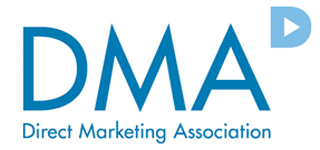
Free Doesn’t Usually Mean Free
There’s lots of strings attached to offers of free products and services.
Medical devices like to tout their status with the FDA. But what's behind these terms?
If a company wants to sell a medical device, it needs to let the FDA know about the device. How much and what type of information must be shared with the FDA, however, depends on the potential risks to users (and/or patients).
The FDA puts medical devices into three different buckets, creatively listed as Class I (low risk — think bedpans), Class II (higher risk — think exercise equipment and pregnancy test kits), and Class III (highest risk — think pacemakers). What classification bucket the medical device falls into will determine the applicable FDA “label” for the product — from FDA registered or listed, to FDA cleared and FDA approved. Which is to say, it is primarily a measure of risk that decides how a device ends up marketed as FDA listed or FDA approved or somewhere in-between.
Here’s a breakdown of the different classes:
See our related ad alerts here: Capillus laser hats, Lo-Bak TRAX.
There’s lots of strings attached to offers of free products and services.
The Direct Marketing Association (DMA) is a trade group made up of all those pesky companies we have to thank for telemarketing, spam, and junk mail, among others. The group…
The Entertainment Software Association (ESA) is an association based in D.C. that is exclusively dedicated to serving video game companies. The group lobbies Congress and other legislative bodies extensively in…

